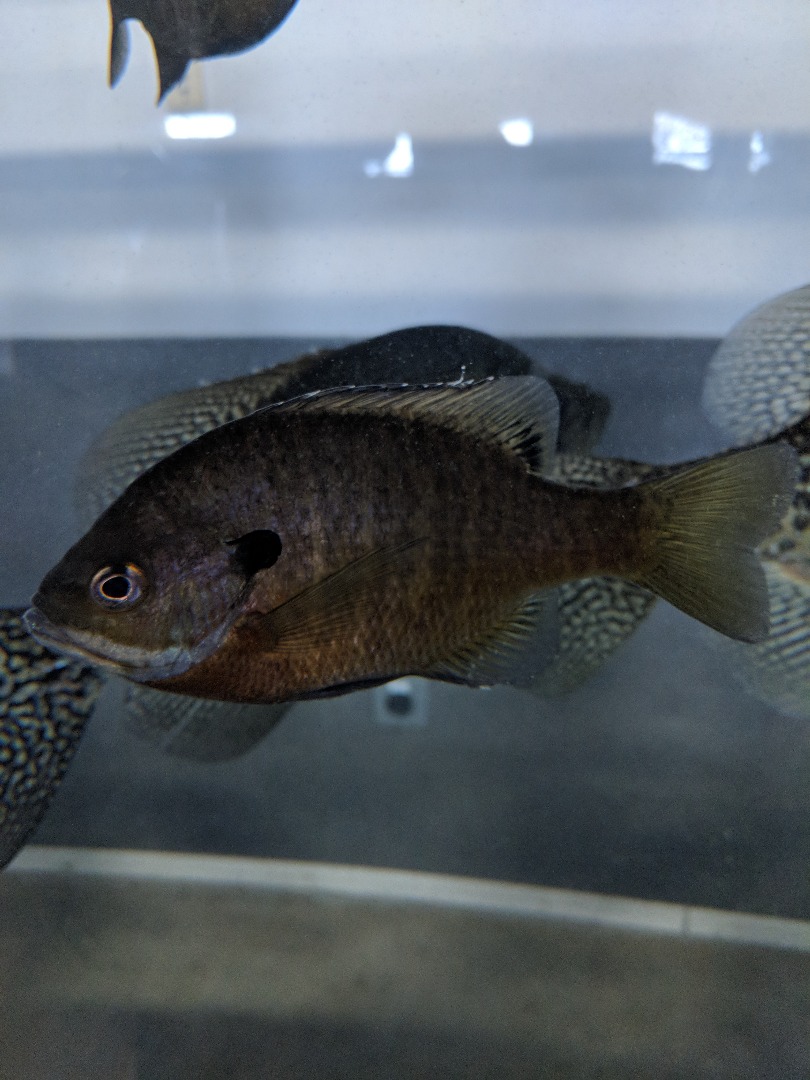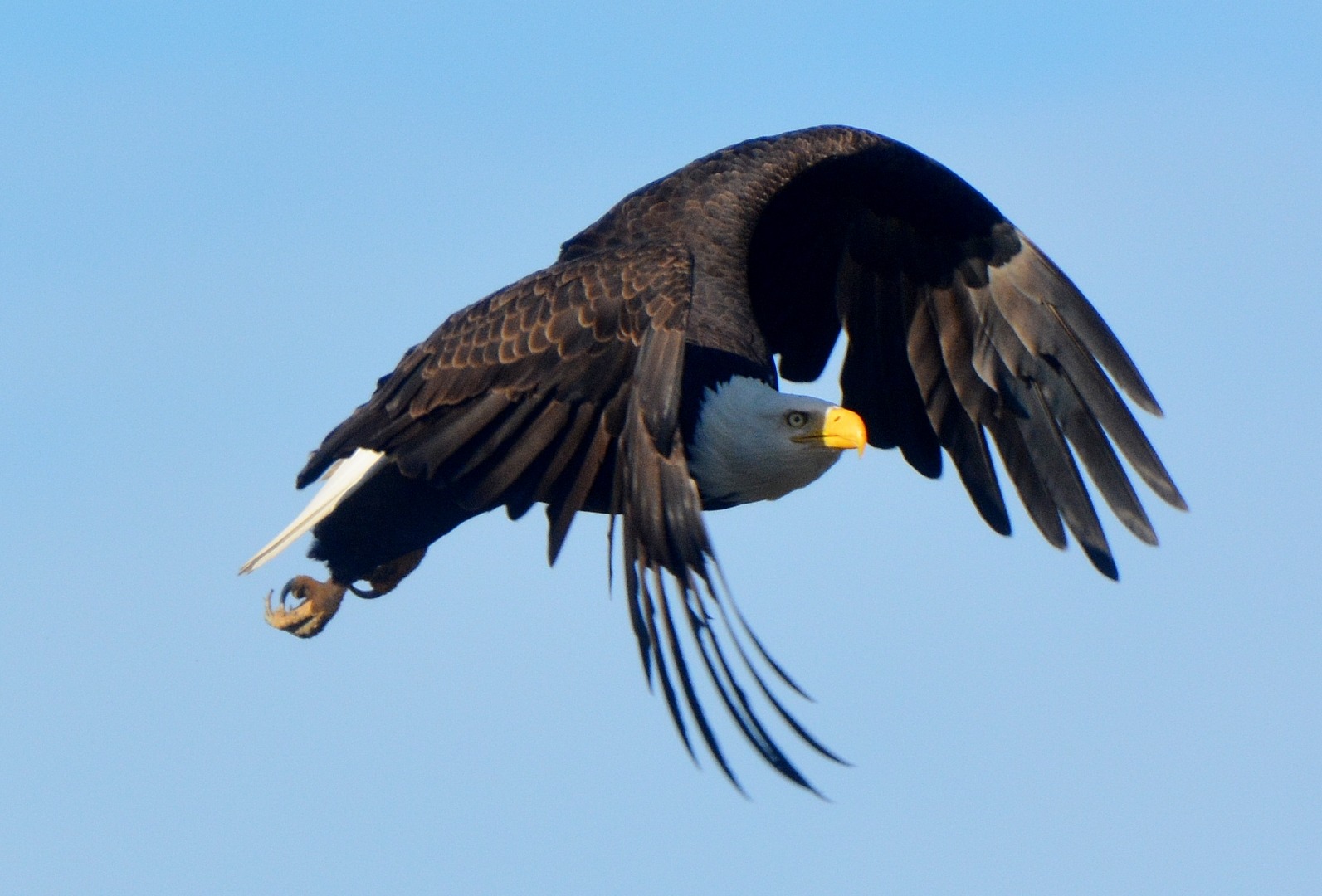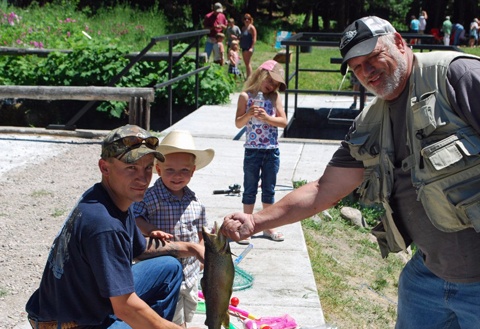Fishing Basics: Sunfish/Bluegill

by Gary Heffley
3-6-2018
Website
Depending on the part of the country an angler was raised, there is a better than average chance that the first fish they ever caught was some type of Sunfish. For California anglers that sunfish was probably a Bluegill, although there are a number of other species of Sunfish throughout the state including Redear Sunfish, Green Sunfish, Pumpkinseed and Warmouth. Black and white crappie, while a different class of fish, are considered sunfish by many and therefore will be included in this discussion. All come under an all encompassing term of panfish. Panfish are shaped like a pan and most will fit well into a standard frying pan, hence the term. For those who watch the outdoor fishing programs, a popular Southern term for panfish is “bream”, an all encompassing name for the different types of sunfish species.
Bluegill distribution is widespread throughout the state as most any mid to low elevation lake, slow moving creek or river, backwater slough or pond that holds fish will host a catchable population of bluegill. While most bluegill caught are usually the size of the palm of your hand, they can grow to over a pound in some cases. The state record for bluegill is over 3 pounds but in many waters there are so many bluegill that the population growth is often stunted.
The popularity of bluegill come from the fact that they are easy to catch. A simple setup - a worm, cricket, or piece of nightcrawler suspended under a bobber is often all that is needed to attract a bite. Toss the offering near submerged weedlines, under docks, along shoreline tules or vegetation, under overhanging trees, near submerged trees or brush piles and odds are that bluegill will be bouncing the bobber in short order. For those new to the sport of fishing, the above targeted areas are known as “structure”. Many species of fish relate to different types of features and structure. As panfish provide a food source for larger predators such as bass and catfish, they seek shelter and protection in these highly sheltered zones. These areas also attract smaller fish and insects that in turn provide a food source for the panfish themselves.
Even a simple cane pole with a baited hook and bobber tied to the end of the line can reach into likely holding areas and pull out a bluegill. Fishermen just like Tom Sawyer and Huck Finn did it back in the day. For those looking for a rod and reel experience, use light tackle. An ultra-light or light rated spinning rod with 4 pound test will allow the angler to enjoy catching these surprisingly strong fighting fish. Some anglers enjoy tossing small lures to entice action. The key is to downsize the lures to an eighth or sixteenth ounce size. Small spinners, spoons, and small minnow imitations all work well. Others like the challenge of using artificial flies and small surface poppers on lightweight fly rods for panfish. Remember that bluegill and panfish are not the only fish attracted to structure, and many panfish anglers have had a large bass surprise them on the end of the line making for an exciting tussle on light tackle.
The other types of sunfish mentioned will relate to the same type of structure as bluegill and are caught using the same methods. They are often caught at the same time when fishing for bluegills.
Black and white crappie are highly sought after throughout the state and are considered excellent table fare by most who enjoy eating fresh fish. There are some excellent lakes in Northern California to seek out crappie, as well as many ponds. Clear Lake, Lake Berryessa, Shasta Lake, Lake Britton, Black Butte Reservoir, and Lake Oroville, along with some areas of the Delta, are some of the most popular Nor Cal waters to target crappie. Crappie are normally larger than bluegill and other sunfish and the state records for both the white and black crappie exceed 4 pounds.
Crappie will relate to structure and are commonly found around submerged timber and brush. Crappie can also be found spawning in and around tule beds when present. One of my favorite fishing experiences as a youth was dipping crappie jigs around tules in the Clear Lake State Park area for spawners. The action that day was fast and furious.
Crappie are primarily schooling fish, so, when located, multiple hookups are common, although I have caught numerous incidental crappie trolling shorelines with small crankbaits. Using small live minnows under a slip bobber in waters that allow the use of live minnows is one of the more popular techniques for crappie. It is important to get the bait to the correct depth for success as crappie can be located near the bottom or suspended at various depths relating to the nearby structure. Another popular method is to use small colorful jigs often known as Crappie Jigs. Many are round jig heads tied with maribou or synthetic skirts. Yellow, red, pink, black, white, and purple are some of the most popular colors and are often used in combination. These jigs can be used with or without the use of a bobber. While there are rods and reels designed for crappie enthusiasts, a medium to light rated spinning rod and reel with 6 to 8 pound test will serve very well. As with other panfish anglers, it is not uncommon to hook a bass while crappie fishing, especially when using minnows for bait.
Panfish are great fish to start a youngster's fishing experience, adults can have a blast as well. Fishing with a bobber will normally hold a child's attention, and if panfish are present the action is usually quick and constant. The setups are cheap, the bait is easy to get. In fact, I may just go give it a try myself at the local pond.
Gary Heffley has been a valued contributor to MyOutdoorBuddy for over 10 years serving as manager, sales representative and reporter for much of Northern California. He is an avid outdoorsman and loves to fish and write about his adventures. He has a long history in the Sporting Goods field and uses that extensive experience to impart his wisdom in his writing.



